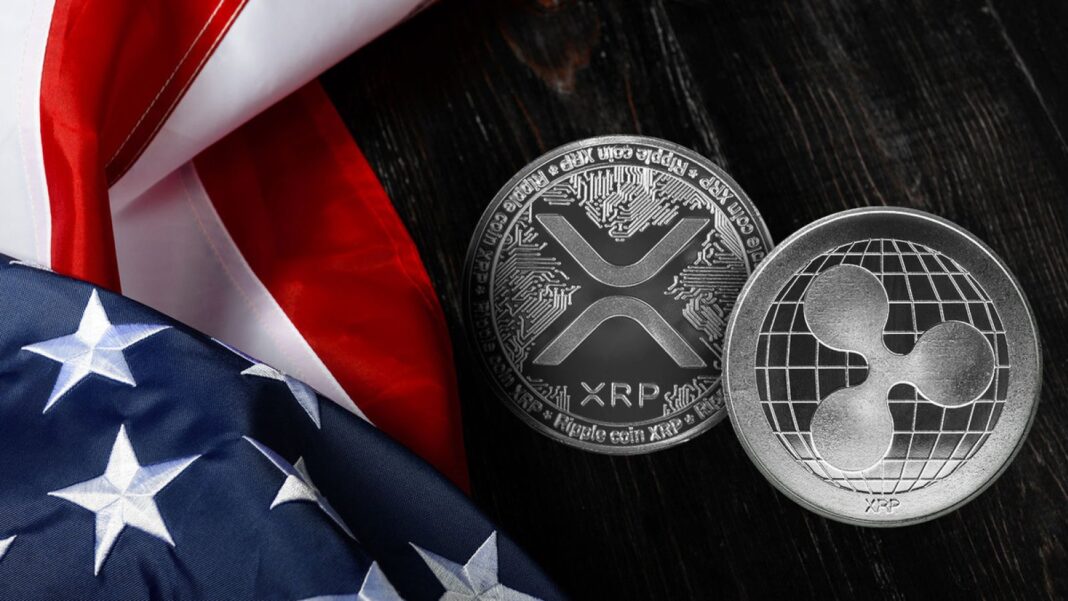- Putin’s advisor warns that the U.S. may weaponize crypto to restructure global finance.
- XRP advocates claim $983 price could theoretically erase America’s $35 trillion debt.
The financial world is once again contending with bold theories about digital assets as a senior advisor to Russian President Vladimir Putin warns of an impending “crypto cloud reset” led by the United States.
Putin’s Advisor Suggests U.S. May Use Crypto to Reboot Global Finance
In a statement made during a press briefing on September 6, Anton Kobyakov, an economic advisor to Vladimir Putin, claimed that the United States is manipulating the gold and cryptocurrency markets to restore trust in its financial position. According to Kobyakov, Washington may shift portions of its debt into digital assets, use monetary devaluation mechanisms, and essentially reset the financial system from the ground up.
Kobyakov compared this potential maneuver to the systemic resets the U.S. enacted in the 1930s and 1970s, citing them as precedents for bold macroeconomic recalibration. He suggested the strategy amounts to creating a “crypto cloud” to reboot global liquidity, thereby mitigating the dollar’s diminishing dominance.
These remarks arrive as the U.S. national debt surpasses $35 trillion, prompting renewed debate about the feasibility of integrating cryptocurrencies—particularly XRP—into sovereign financial strategies.
XRP Community Claims $983 Token Price Could Neutralize U.S. Debt
In parallel with geopolitical commentary, XRP enthusiasts have revived an old argument: that the digital asset could play a central role in resolving the U.S. debt crisis, should the government adopt a crypto-centric reset.
Pumpius, a well-known XRP commentator, ran theoretical projections suggesting that if the U.S. government were to use Ripple’s escrowed XRP holdings—roughly 35.6 billion tokens—a token price of $983 would be required to equate to the full $35 trillion national debt. At present, XRP trades around $3.03, implying a staggering 32,347% increase would be needed.
This notion is grounded in the belief that Ripple’s escrow reserves could act as a national liquidity pool. While highly speculative, proponents argue that the unique design of the XRP Ledger (XRPL) and Ripple’s centralized control of supply offer the structure necessary for such a pivot.
Pumpius expanded on the idea by outlining a tiered valuation framework. He claimed XRP could ascend far beyond $983 per token—reaching $10,000 to serve as global liquidity for CBDCs, $100,000 to underpin capital markets, and potentially $1 million to support biometric identity-linked assets. He contended such a revaluation would occur overnight, not gradually, in the event of a global financial restructuring.
He dismissed Bitcoin as too slow and energy-intensive and criticized Ethereum as too fragmented and costly. By contrast, he argued that XRP remains the only neutral, scalable solution capable of being adopted at a sovereign level.
Despite the fervor in the XRP community, such views remain speculative and are widely debated. Many analysts point out that the path toward sovereign crypto adoption is filled with regulatory, technical, and geopolitical hurdles. Nonetheless, Russia’s pointed remarks have added fuel to a debate that continues to polarize the digital asset space.
Disclaimer
The information on this website is for educational purposes only, and investing carries risks. Always do your research before investing, and be prepared for potential losses.
18+ and Gambling: Online gambling rules vary by country; please follow them. This website provides entertainment content, and using it means you accept out terms. We may include partnership links, but they don't affect our ratings or recommendations.
Crypto promotions on this site do not comply with the UK Financial Promotions Regime and are not intended for UK consumers.





